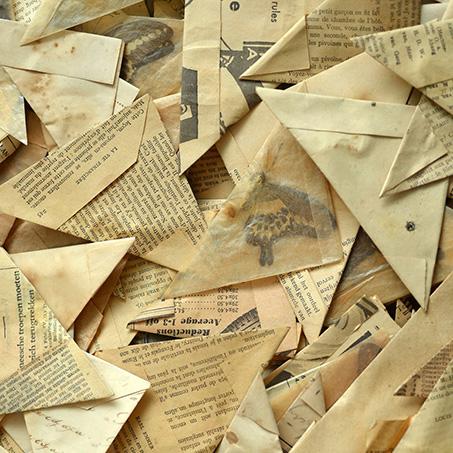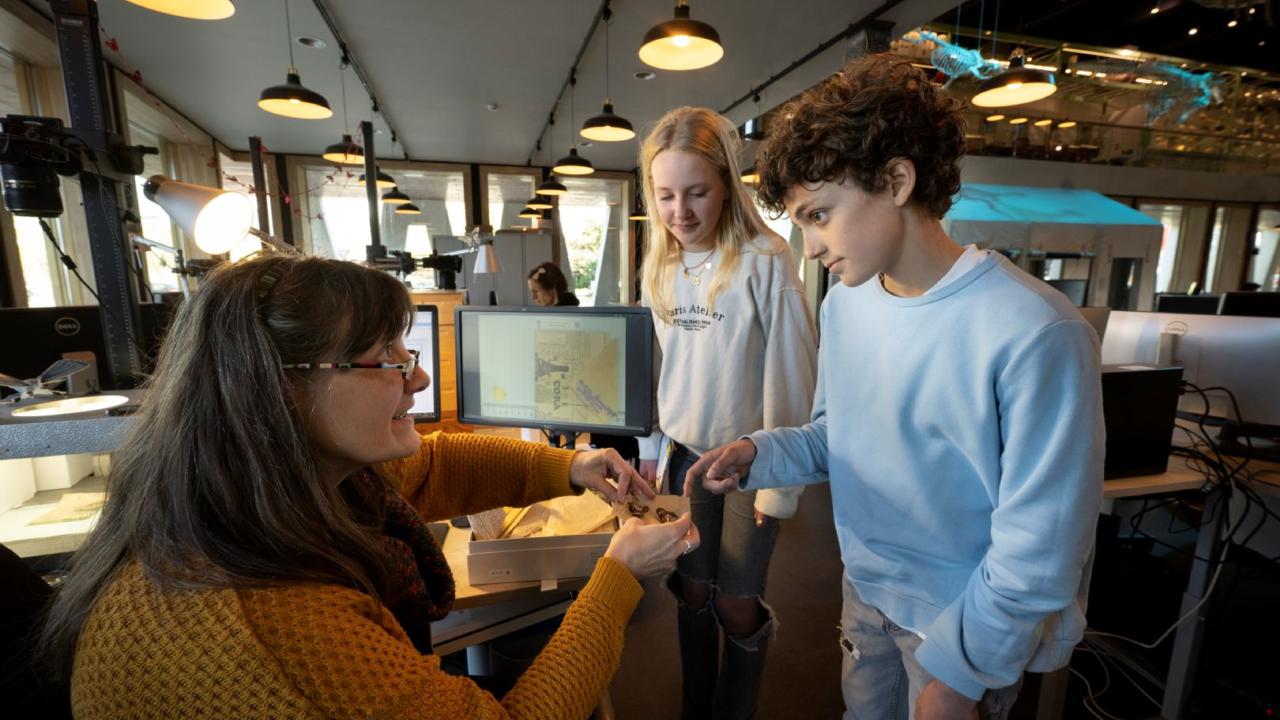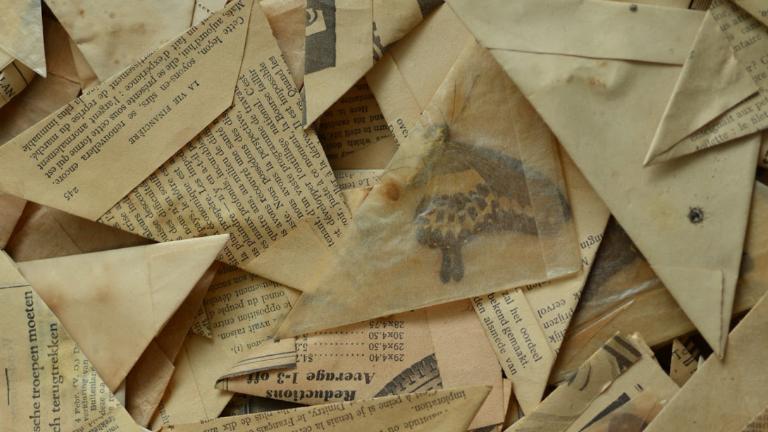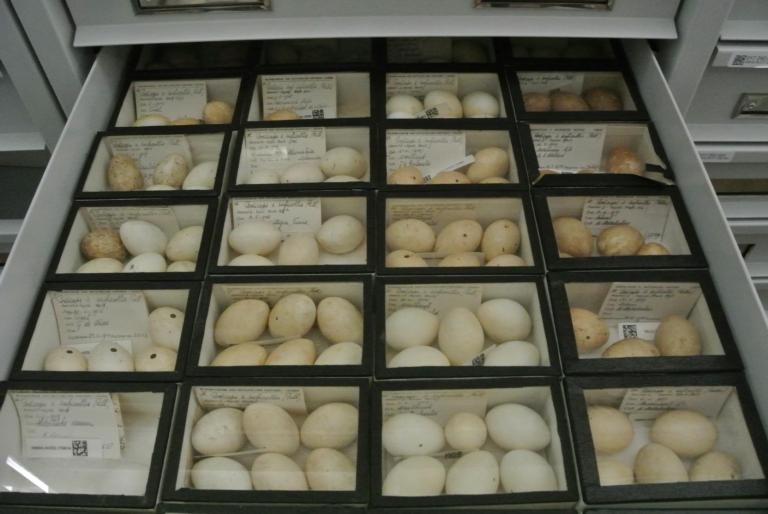
In the papillot project, non prepared moths, which have been stored in pouches for decades, are made accessible to science by photographing, digitizing and storing them in a well-organized manner.
Digitizedfor research
Every natural history collection has them: boxes or drawers full of bags of insects from historical expeditions and collection trips in which an abundance of enthusiasm has been collected. What to do with this collection? Most of the time these bags will stay on the shelve in 'eternity', because there is no time and money to prepare them and it takes a lot of space to store them afterwards. At Naturalis, a team of more than 60 volunteers worked for nine years, and made over 300.000 butterflies available. Find out more in the video below:
Het projectin beeld
Project leader Mónica Guimarães Cruz explains the Papillotten project here.
Important contribution
Naturalis Biodiversity Center has hundreds of thousands of papillots in its collection. The butterflies are collected from 126 different countries. A large part of these come from J.M.A. Van Groenendael's collection. He and his wife founded an NGO for the advancement of entomology in the Netherlands, which made important financial contributions to this project.
Collectionsopened up


